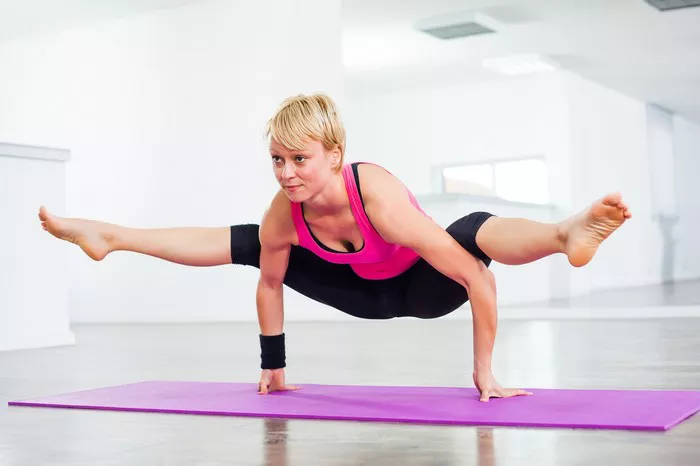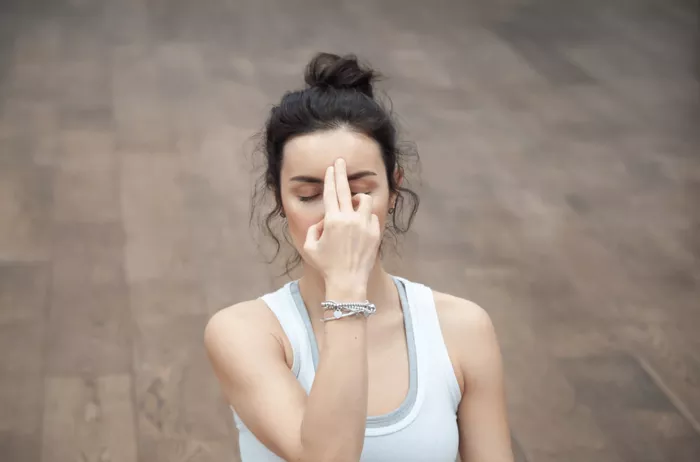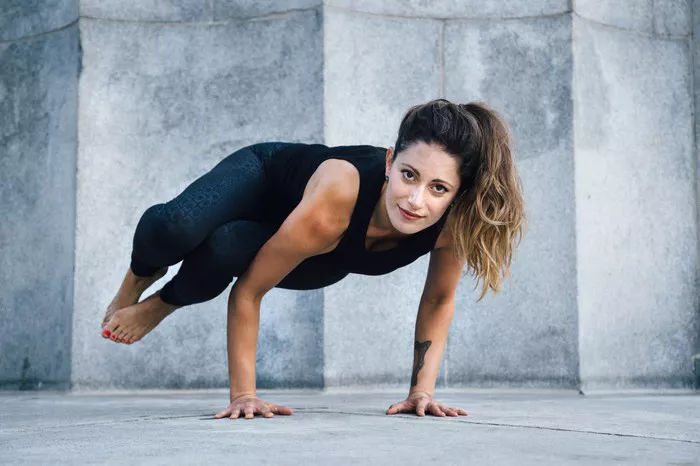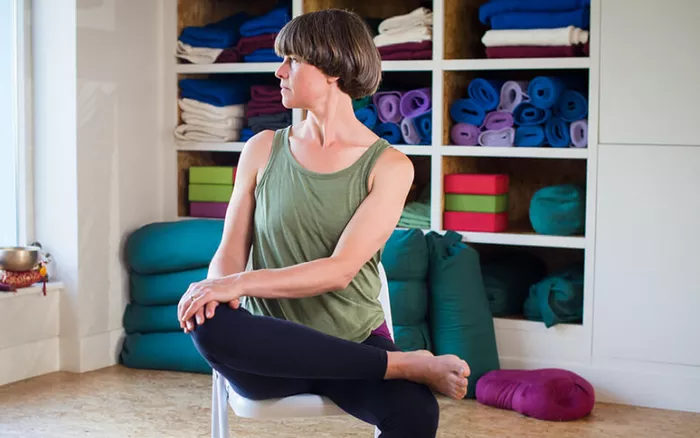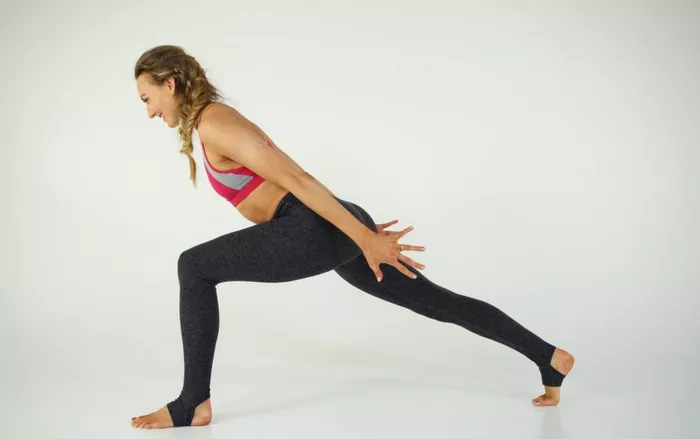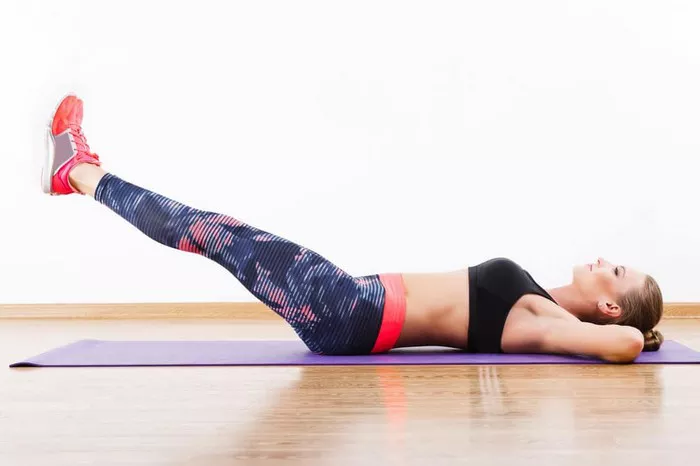The Sun Salutation, or Surya Namaskar, is one of the most popular sequences in yoga practice. It is a flow of poses that are performed in a rhythmic, continuous manner. This series of postures offers a comprehensive physical workout and an energizing practice for the body and mind. The Sun Salutation is often considered the perfect warm-up, but it can also stand alone as a full-body workout, or be practiced as part of a larger yoga sequence.
One of the central elements of any yoga practice is breath, which is used to guide and deepen the physical movements. In the Sun Salutation, the breath is synchronized with each posture, helping to create a seamless flow. However, a common question asked by both beginners and experienced practitioners is: How many breaths should you take during the Sun Salutation?
In this article, we will explore the relationship between breath and movement in the Sun Salutation, explain the ideal breathing pattern, and provide a deeper understanding of how the breath can influence the quality of your practice.
The Importance of Breath in Yoga
Before diving into the specifics of Sun Salutation, it’s important to understand the role of breath in yoga. In Sanskrit, the word for breath is prāṇa, which can be translated as “life force” or “energy.” In yoga, breath is not merely a physical function but a vital part of connecting the body, mind, and spirit.
Breath control, or prāṇāyāma, is a fundamental aspect of yoga practice. By consciously controlling the breath, we can activate different energy pathways in the body, calm the nervous system, and help the mind focus more deeply. Proper breathing brings balance to the practice, allowing for greater flexibility, strength, and mental clarity.
In a typical Sun Salutation, breath is used to guide each movement. The inhale and exhale should be synchronized with each asana (pose) to ensure that the flow remains smooth and uninterrupted. The breath also acts as a reminder to stay present in the moment, allowing practitioners to connect with their body and mind during the practice.
Understanding the Structure of Sun Salutation
A standard Sun Salutation, or Surya Namaskar A, is composed of twelve postures, which are performed in a fluid sequence. These twelve poses include a combination of standing, forward bending, and plank positions, as well as backbends and downward-facing poses.
Here is an overview of the twelve postures in Surya Namaskar A:
- Tadasana (Mountain Pose): Start in a standing position with feet together, arms by the sides, and palms facing forward.
- Urdhva Hastasana (Upward Salute): Inhale and raise your arms overhead, stretching your spine.
- Uttanasana (Forward Fold): Exhale and bend forward at the hips, bringing your hands to the ground beside your feet.
- Ardha Uttanasana (Halfway Lift): Inhale and lift your torso halfway, lengthening your spine.
- Plank Pose: Exhale and step back into a plank, maintaining a strong core and straight body line.
- Chaturanga Dandasana (Four-Limbed Staff Pose): Exhale and lower your body towards the floor, bending your elbows.
- Urdhva Mukha Svanasana (Upward-Facing Dog): Inhale and push your chest upward, straightening your arms and lifting your thighs off the floor.
- Adho Mukha Svanasana (Downward-Facing Dog): Exhale and lift your hips towards the ceiling, creating an inverted “V” shape with your body.
- Ardha Uttanasana (Halfway Lift): Inhale and step or jump your feet forward, lifting your torso halfway.
- Uttanasana (Forward Fold): Exhale and fold forward, bringing your head towards your knees.
- Urdhva Hastasana (Upward Salute): Inhale and rise up, extending your arms overhead.
- Tadasana (Mountain Pose): Exhale and return to the standing position.
The Breathing Pattern for Surya Namaskar
Now that we’ve reviewed the sequence of poses, we can delve into how the breath fits into this flow. In a standard Sun Salutation, each posture should be linked with a specific inhale or exhale. Understanding the optimal breathing pattern will help maintain the rhythm and focus of the practice.
Here is the typical breathing pattern for Surya Namaskar A:
- Tadasana (Mountain Pose): Take a deep inhale, preparing for the practice.
- Urdhva Hastasana (Upward Salute): Inhale as you raise your arms overhead.
- Uttanasana (Forward Fold): Exhale as you fold forward.
- Ardha Uttanasana (Halfway Lift): Inhale as you lengthen your spine halfway.
- Plank Pose: Exhale as you step back into plank.
- Chaturanga Dandasana (Four-Limbed Staff Pose): Exhale as you lower into Chaturanga.
- Urdhva Mukha Svanasana (Upward-Facing Dog): Inhale as you lift your chest into Upward-Facing Dog.
- Adho Mukha Svanasana (Downward-Facing Dog): Exhale as you transition into Downward-Facing Dog.
- Ardha Uttanasana (Halfway Lift): Inhale as you step or jump forward into a halfway lift.
- Uttanasana (Forward Fold): Exhale as you fold forward again.
- Urdhva Hastasana (Upward Salute): Inhale as you rise up, arms reaching overhead.
- Tadasana (Mountain Pose): Exhale as you return to the standing position.
The Number of Breaths in One Round of Sun Salutation
A typical round of Surya Namaskar A involves 12 breaths: one breath for each movement. Each inhale or exhale corresponds with a specific posture, ensuring that the body moves fluidly with the breath. However, some practitioners prefer to hold certain postures longer, particularly in poses like Adho Mukha Svanasana (Downward-Facing Dog), and may choose to take additional breaths in these postures.
The number of breaths per round can vary depending on the style of yoga you practice, your level of experience, and your personal preference. For example, more advanced practitioners may flow through the sequence more quickly, while beginners may prefer to slow down and take additional breaths in each posture. The key is to maintain a steady and natural breath pattern that supports the movements and enhances your focus.
How Many Rounds of Sun Salutation Should You Practice?
The number of rounds of Sun Salutation you perform depends on your goals and level of experience. Typically, a yoga session will include anywhere from 3 to 12 rounds of Sun Salutation. For instance:
Beginners: 3–5 rounds of Sun Salutation A are ideal to build strength, flexibility, and confidence in the practice.
Intermediate Practitioners: 6–10 rounds allow for a more intense flow, providing a cardiovascular workout along with strength and flexibility benefits.
Advanced Practitioners: 12 rounds or more can be done for a full-body workout and to achieve a deeper connection between the body and breath.
It’s important to listen to your body. If you feel fatigued or your breath becomes strained, take a break or slow down the pace.
Breath Awareness: The Key to a Meaningful Practice
While the number of breaths is essential to structure your Sun Salutation practice, it is equally important to focus on the quality of the breath. Many practitioners get caught up in trying to complete a certain number of rounds or breaths but lose the connection to their breath, which ultimately diminishes the benefits of the practice.
Here are a few tips to deepen your breath awareness during Sun Salutation:
Breath Awareness: Pay attention to the rhythm of your breath. Ensure that each inhale and exhale is deep, smooth, and controlled.
Breathing through the Nose: It is generally recommended to breathe through the nose rather than the mouth. Nasal breathing helps filter the air, maintain body temperature, and activate the diaphragm more fully.
Engage Ujjayi Pranayama: Ujjayi breath, or “victorious breath,” is a breathing technique that involves slightly constricting the throat to create a soft hissing sound. This breath creates heat in the body and helps with focus and concentration.
Don’t Rush: Allow your breath to guide your movements, not the other way around. Rushing through the sequence can disrupt the flow and the connection to your body.
Conclusion
The Sun Salutation is a dynamic, full-body sequence that offers countless benefits to the practitioner. It is essential to remember that breath is a vital aspect of this practice. Each inhale and exhale should be consciously linked to each movement, creating a continuous flow of energy and awareness.
The standard number of breaths in one round of Surya Namaskar A is 12, with each posture corresponding to either an inhale or an exhale. However, the number of breaths you take may vary depending on your experience, style of yoga, and personal preferences.
Ultimately, the key to a fulfilling practice is not about counting breaths but about staying present with each inhale, exhale, and movement. By focusing on the breath, you can deepen your yoga practice, experience greater physical benefits, and cultivate a more balanced and mindful state of being.
Related Topics:

